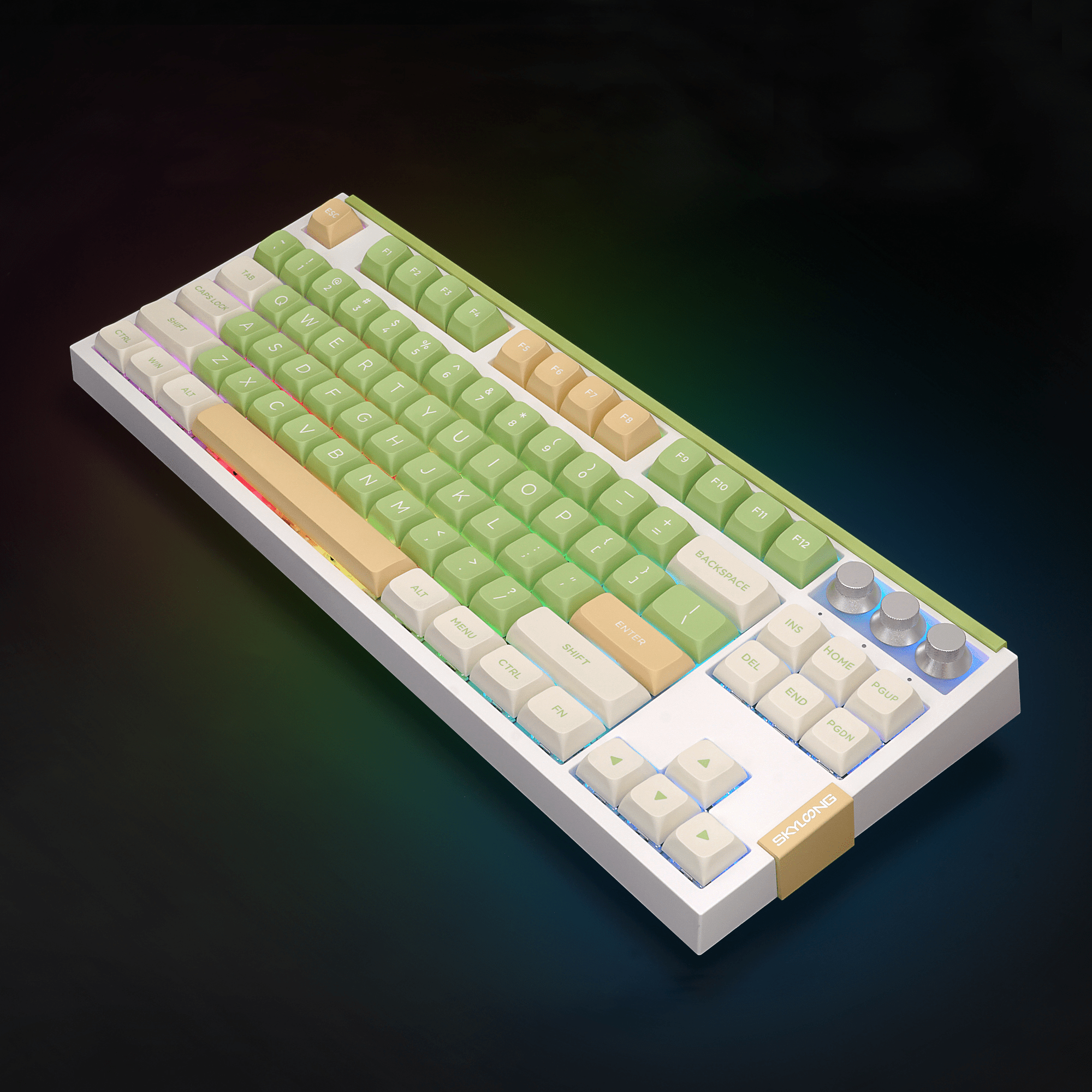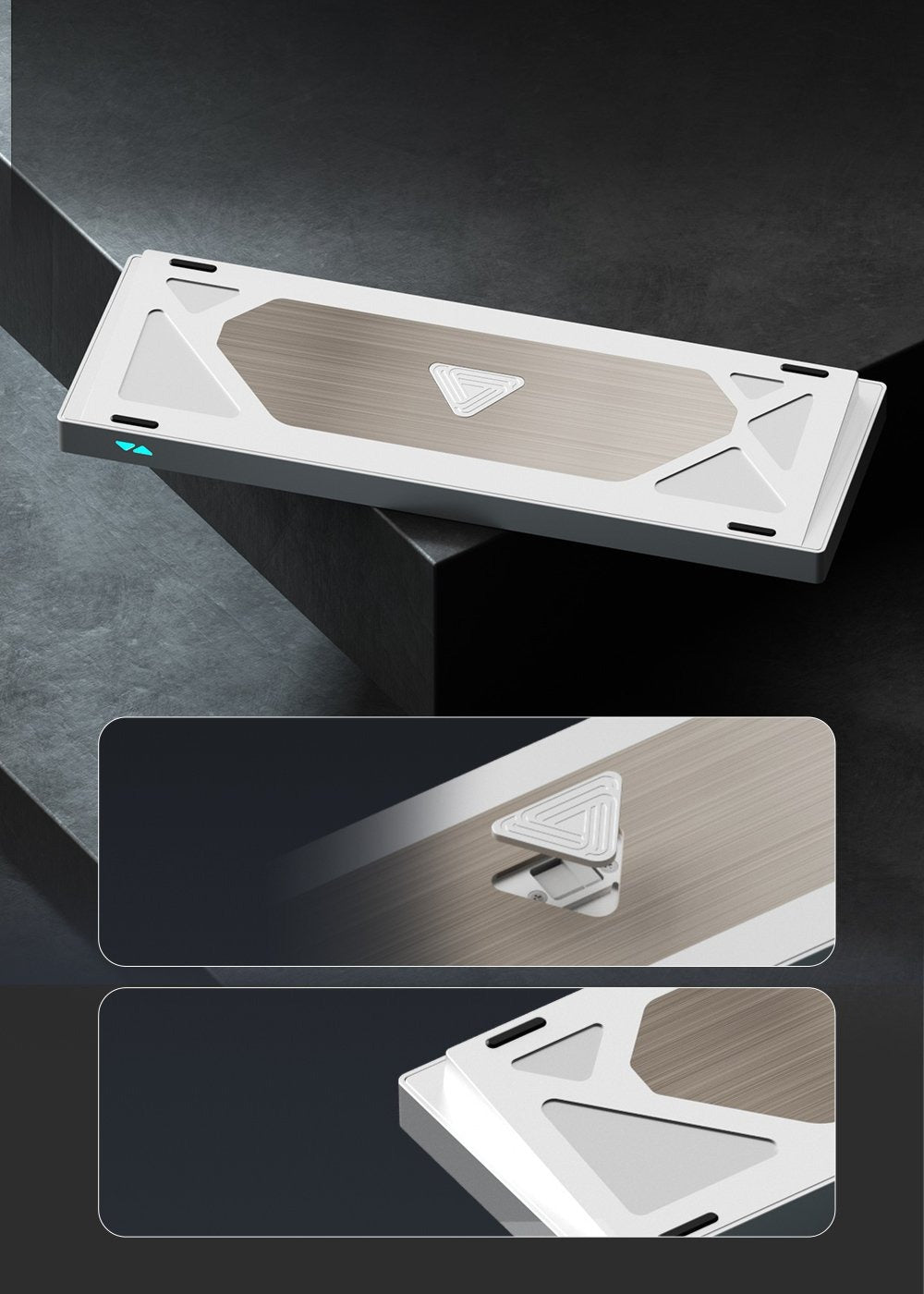Mechanical keyboards continue to grow in popularity due to their tactile feedback, customization options, and overall superior typing experience compared to traditional membrane keyboards. With the rapid evolution of technology and design trends, selecting the right keyboard can feel overwhelming. Here’s a comprehensive guide to help you navigate the key factors to consider when buying a mechanical keyboard in 2025.
1. Form Factor
The form factor refers to the physical size and layout of the keyboard. The most common options include:
-
Full-sized (100%): Includes all standard keys, a number pad, and function keys.
-
Tenkeyless (TKL, 87%): Omits the number pad, saving desk space while retaining essential keys.
-
Compact (65%, 60%, or even 40%): Removes function rows and other keys for a minimalist, portable design.
Choose a form factor based on your usage needs. Gamers often prefer TKL or smaller layouts for better mouse movement space, while professionals might benefit from full-sized keyboards.
2. Switch Type
Switches are the heart of a mechanical keyboard, affecting its feel, sound, and responsiveness. In 2025, you’ll encounter a wide variety of switch options:
-
Linear: Smooth keystrokes without tactile feedback or audible click.
-
Tactile: Slight bump during actuation for feedback.
-
Clicky: Tactile bump with an audible click.
-
Silent Switches: Ideal for office environments where noise is a concern.
-
Optical and Hall Effect Switches: Emerging technologies offering faster actuation and better durability.
Test different switches if possible to find the one that feels right for you.
3. Connectivity Options
Wireless technology has improved dramatically, making it a viable choice for many users.
-
Wired: Offers stable connections without latency.
-
Bluetooth: Convenient for multi-device connectivity.
-
2.4GHz Wireless Dongle: Low-latency wireless solution often preferred by gamers.
Many keyboards now come with hybrid connectivity, allowing you to switch between wired and wireless modes seamlessly.
4. Build Quality
Look for keyboards with durable construction materials such as:
-
Aluminum Frames: Provide a premium feel and rigidity.
-
Polycarbonate Cases: Lightweight but sturdy.
-
PBT Keycaps: More durable and resistant to shine compared to ABS plastic.
Check for hot-swappable sockets that allow you to easily replace switches without soldering.
5. Customization Features
Customization is one of the key appeals of mechanical keyboards. Consider:
-
Hot-Swappable PCBs: Swap switches without soldering.
-
Keycap Compatibility: Ensure your keyboard supports standard keycap sizes for easier replacements.
-
Programmable Macros: Useful for productivity and gaming.
-
RGB Lighting: Fully customizable backlighting options for aesthetic appeal.
6. Sound Profile
Sound is a personal preference when it comes to mechanical keyboards. Some prefer the quiet elegance of silent switches, while others love the loud, clicky feedback of tactile switches. If you’re concerned about noise, look for keyboards with sound-dampening features like silicone gaskets or foam inserts.
7. Software and Firmware
Many mechanical keyboards come with software to manage key assignments, RGB lighting, and macros. Look for:
-
Open-source Firmware: Greater customization control.
-
User-Friendly Software: Intuitive interfaces make setup and customization easier.
8. Battery Life (for Wireless Keyboards)
Check battery specifications if opting for a wireless keyboard. Look for options that offer:
-
Long battery life (at least 30-50 hours with RGB on).
-
USB-C charging for faster recharge times.
9. Price and Value
Mechanical keyboards range from budget-friendly models to premium custom builds costing several hundred dollars. Define your budget and prioritize features that matter most to you. Check out our mechanical keyboards collection!
10. User Reviews and Community Feedback
Before making a purchase, read reviews and watch videos from trusted reviewers. Engage with the mechanical keyboard community on forums to get honest opinions and recommendations.
Final Thoughts
Buying a mechanical keyboard in 2025 is about balancing form, function, and personal preference. With advancements in switch technology, wireless connectivity, and customization, finding a keyboard that perfectly suits your needs has never been easier. Happy typing!






